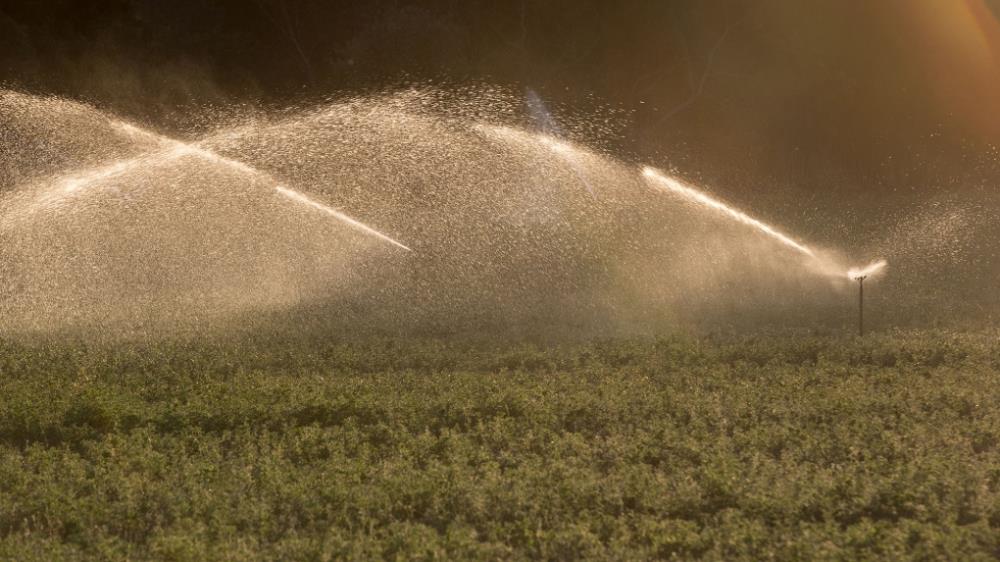
Related items loading ...
Section 1: Publication
Publication Type
Conference Presentation
Authorship
Pomeroy, J. W.
Title
Translating science-based knowledge for political decisions, Multistakeholder Commitments to the Water Action Agenda - Integrated Water and Climate Solutions - From Science to Decisions to Actions
Year
2023
Publication Outlet
Water and Climate Coalition, United Nations (UN) 2023 Water Conference, New York City, USA, March 22, 2023
DOI
ISBN
ISSN
ISSN 0048-9697
Citation
Pomeroy, J. W. (2023) Translating science-based knowledge for political decisions, Multistakeholder Commitments to the Water Action Agenda - Integrated Water and Climate Solutions - From Science to Decisions to Actions. Water and Climate Coalition, United Nations (UN) 2023 Water Conference, New York City, USA, March 22, 2023.
Abstract
Lake Erie, the shallowest of the five North American Laurentian Great Lakes, exhibits degraded water quality associated with recurrent phytoplankton blooms. Optical remote sensing of these optically complex inland waters is challenging due to the uncertainties stemming from atmospheric correction (AC) procedures. In this study, the accuracy of remote sensing reflectance (Rrs) derived from three different AC algorithms applied to Ocean and Land Colour Instrument (OLCI) observations of western Lake Erie (WLE) is evaluated through comparison to a regional radiometric dataset. The effects of uncertainties in Rrs products on the retrieval of near-surface concentration of pigments, including chlorophyll-a (Chla) and phycocyanin (PC), from Mixture Density Networks (MDNs) are subsequently investigated. Results show that iCOR contained the fewest number of processed (unflagged) days per pixel, compared to ACOLITE and POLYMER, for parts of the lake. Limiting results to the matchup dataset in common between the three AC algorithms shows that iCOR and ACOLITE performed closely at 665 nm, while outperforming POLYMER, with the Median Symmetric Accuracy (MdSA) of ∼30 %, 28 %, and 53 %, respectively. MDN applied to iCOR- and ACOLITE-corrected data (MdSA < 37 %) outperformed MDN applied to POLYMER-corrected data in estimating Chla. Large uncertainties in satellite-derived Rrs propagated to uncertainties ∼100 % in PC estimates, although the model was able to recover concentrations along the 1:1 line. Despite the need for improvements in its cloud-masking scheme, we conclude that iCOR combined with MDNs produces adequate OLCI pigment products for studying and monitoring Chla across WLE.
Plain Language Summary
Key Points
-Reproducible, transparent modeling increases confidence in model simulations and requires careful tracking of all model configuration steps
-We show an example of model configuration code applied globally that is traced and shared through a version control system
-Standardizing file formats and sharing of code can increase efficiency and reproducibility of modeling studies
Section 2: Additional Information
Program Affiliations
Project Affiliations
Submitters
Publication Stage
N/A
Theme
Water Quality and Aquatic Ecosystems
Presentation Format
10-minute oral presentation
Additional Information
TTSW, Graduate and Undergraduate Theses


 GWFNet
GWFNet Master
Master Data
Data Research
Research Map
Map
 Advanced
Advanced Tools
Tools
 . . .
. . .
 Metadata Editor
Metadata Editor
 Record List
Record List
 Alias List Editor
Alias List Editor
 Legacy sites
Legacy sites